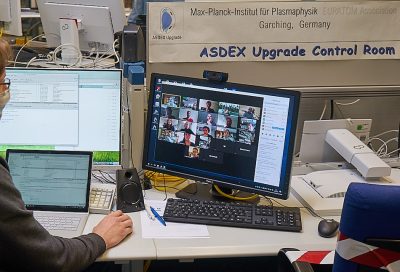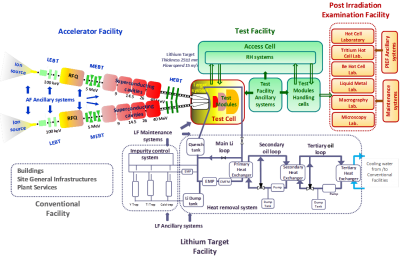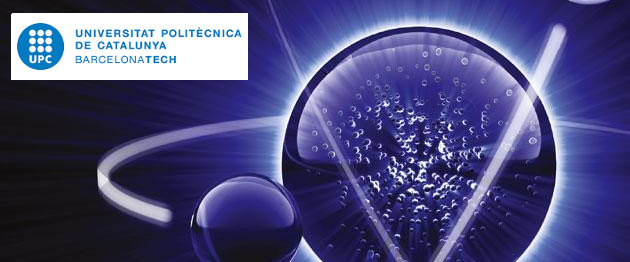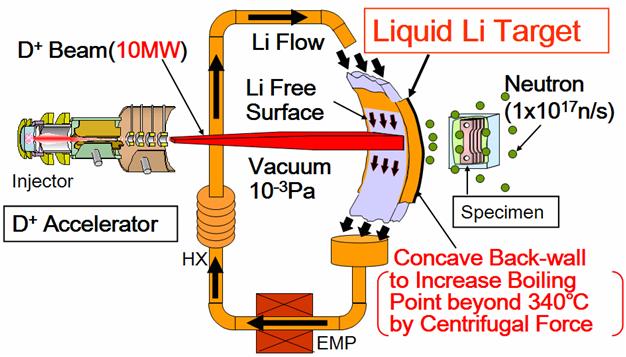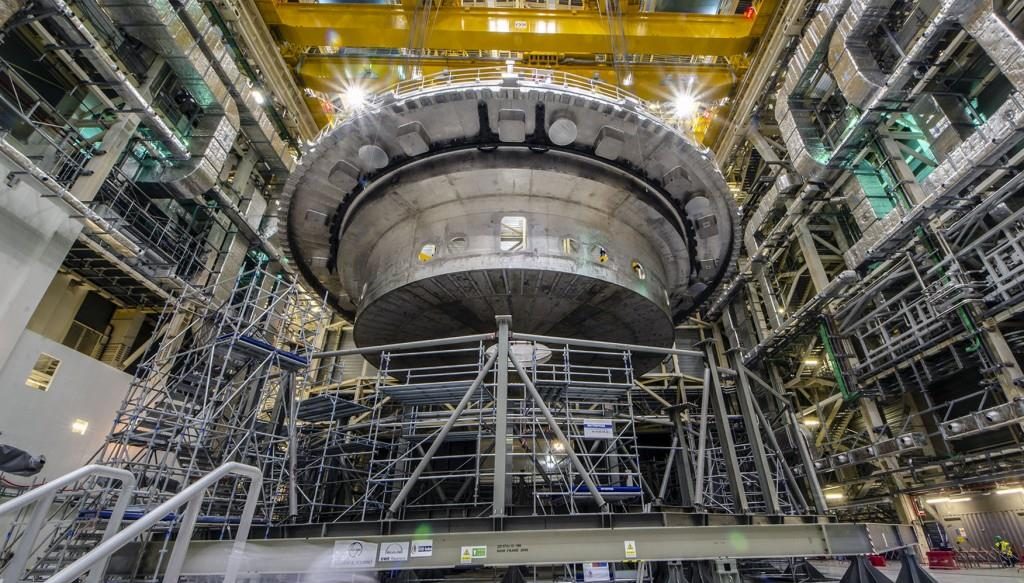
On May 26, the base of the ITER cryostat was successfully mounted onto its supporting structure in the Tokamak assembly pit. The 1250-tonne component was lifted from it’s mounting frame, carried across the Assembly hall and finally lowered into the pit, culminating a ten-year process to design, manufacture, deliver, assemble and weld one of the most crucial components of the ITER machine.
The International Thermonuclear Experimental Reactor (ITER) is the most ambitious energy project in the world, bringing together 35 different countries in the effort of producing clean energy for the generations to come. It is designed to demonstrate the feasibility of confinement nuclear fusion and develop the science and technology needed for a future nuclear power plant. After years and years of preparation, the international project officially started in 2007 and has since been building one of the most gargantuan research sites ever envisioned. According to the schedule, the first plasmas are expected in 2025.

